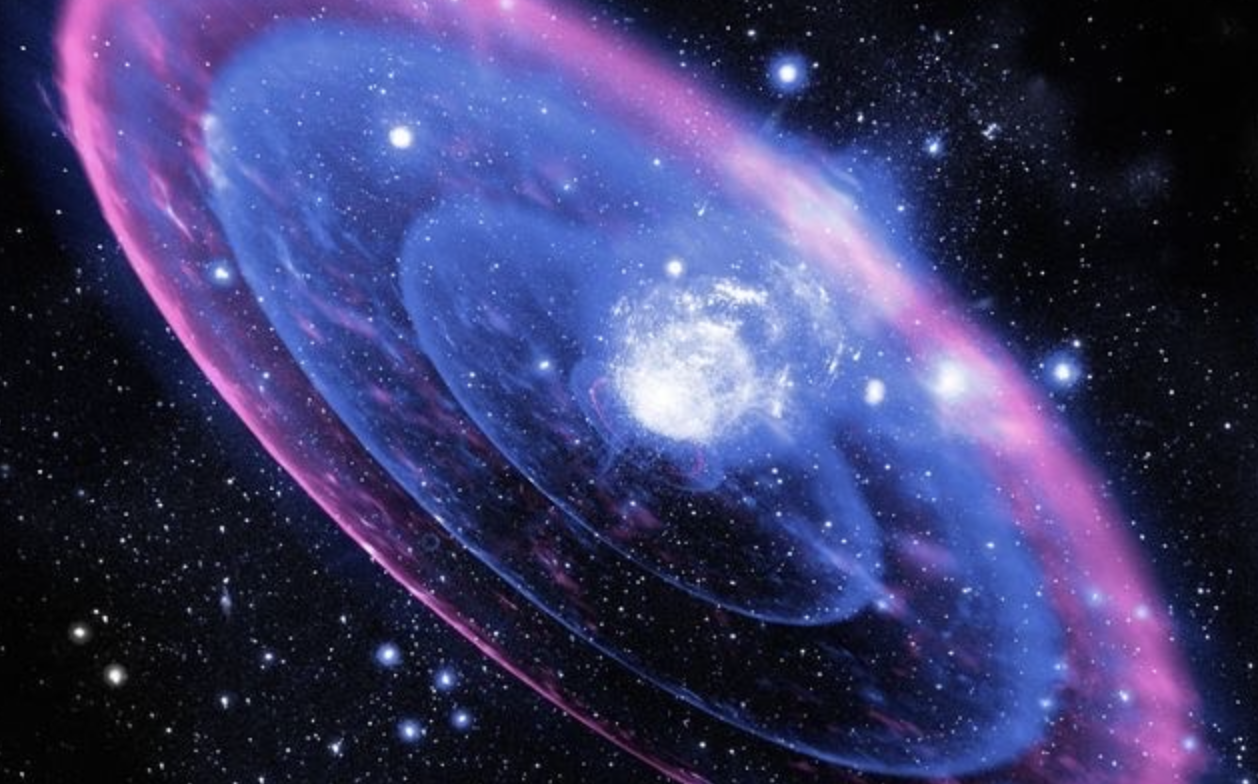The Explosive Birth of a Supernova

Category
InfosSupernovas are among the most spectacular events in the universe—massive explosions that can outshine entire galaxies for a short time. But how do these cosmic firework shows happen?
The Life and Death of a Star
Supernovas occur when a star reaches the end of its life cycle. The process depends on the type of star:
- Core Collapse Supernova (Massive Stars, 8+ Times the Sun’s Mass)
These stars burn hydrogen into helium, then fuse heavier elements like carbon and oxygen in their cores. Eventually, they form iron, which cannot undergo fusion to release energy. Without this energy to counter gravity, the core collapses, triggering an immense explosion—a core-collapse supernova. The remnant can become a neutron star or even a black hole.
- Thermonuclear Supernova (White Dwarf Explosions)
A white dwarf, the remnant of a smaller star like our Sun, can also explode if it pulls in enough material from a companion star. When it exceeds a critical mass (about 1.4 times the Sun’s mass), runaway nuclear reactions ignite, obliterating the star in a thermonuclear supernova.
The Aftermath: A Cosmic Legacy
Supernovas scatter heavy elements across space, seeding new stars and planets. Many elements in our bodies—like the iron in our blood—come from past supernovas. They also create exotic objects like neutron stars and black holes, shaping the universe in ways we are still discovering.
Supernovas are not just celestial fireworks; they are fundamental to the evolution of the cosmos. Each explosion is a reminder that even in death, stars continue to shape the universe.
Liliane BASSAID OUALI
2-5


